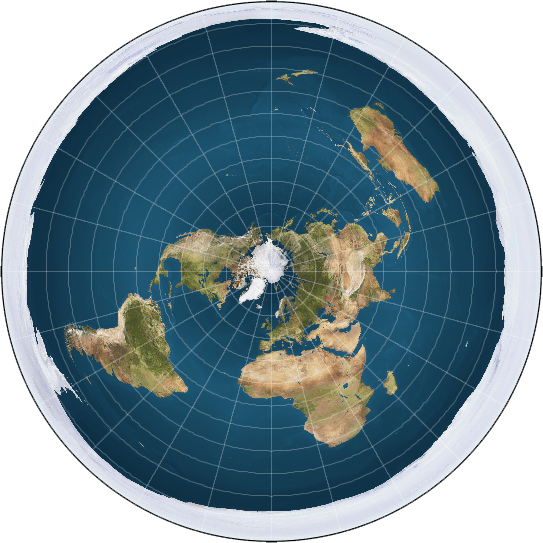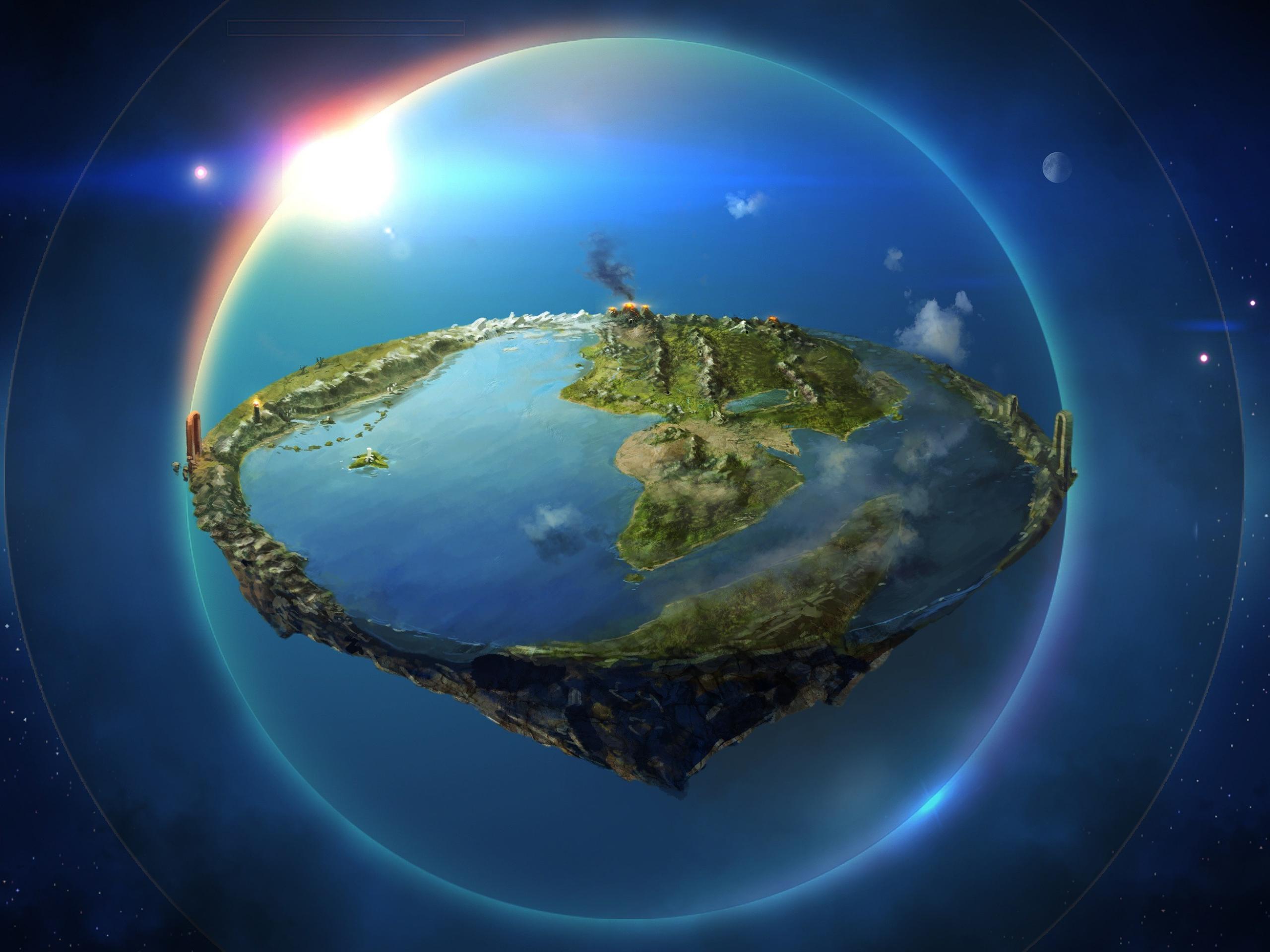As far back as the ancient times, people seemed to know that the earth was round. However, in recent years a lot of people claim the opposite: that we live on a flat earth and that if we go to the edge, we could fall over.
It was the ancient Greek Philosophers who first expressed the theory that the earth was a spherical celestial body. Watching the stars, the moon, and the eclipses, ancient Greeks discovered the shape of the earth. In late years, Ferdinand Magellan’s journey was able to prove practically these theories.
Recently, the flat earth theory has become extremely popular. In fact, according to the Flat Earth Society, each year about 200 people join those who believe that the earth is not round. International conferences take place and hundreds of flat-earthers attend, in order to talk about their beliefs.

What flat-earthers claim is that what we think as the truth is, in fact, a lie. In a flat-earthers eyes, the earth is a flat disc that has the Arctic Circle in the center and Antarctica, a 150-foot-tall ice wall around the rim. People cannot go to the end of the earth, they claim, because NASA and government agencies guard the ice wall, trying to prevent people from falling off the earth.
How can someone believe that, given the huge amount of scientific evidence, you may ask? Well, flat-earthers use what they call as an empirical approach, meaning they observe nature and the world in order to prove their theory. According to them, saying that the earth is flat is just common sense.
So, what are the arguments used by flat-earthers in this debate?
The horizon is not curved

One of the most popular arguments in the flat-earth debate is that the horizon does not seem to have curves -so the earth cannot be round. That argument forgets that the earth is huge and has an average diameter of 12,742 kilometers. This means that the human eye would not be able to see a curve even if it wanted to.
All space images are faked
This is another popular theory with flat-earthers. The human race may have traveled into space, but not all are believers. In fact, flat-earthers claim that we didn’t. According to them, space traveling is a conspiracy by governments that originated from the Cold War and the obsession of the Soviet Union and the United States to prove that one was better than the other. So, no one traveled to space, they just faked it in a huge show-off. But what about flying and the GPS used by pilots to determine the route of a plane? Well, according to flat-earthers those devices are also rigged, in order to make pilots believe they are flying their planes in lines above a spherical earth -when in fact they are just flying in circles around a flat earth.
Follow your senses
Well, at least, that is what flat-earthers claim. As mentioned above, they use the empirical method, urging people to look around and trust only their eyes. The argument here is that if the earth seems flat and feels flat, then it must be flat.
Nobody has crossed the wall of Antartica

In Westeros, an army of undead people lies beyond the icy Wall. Well, flat-earthers think that the wall of Antarctica is, in fact, covering the end of the earth, so that’s why no one has crossed it. Of course, there is plenty of evidence that disputes the claim: people have gone to the most remote areas of Antarctica.
There is an anti-moon that causes eclipses
One of the first ways that the ancient Greeks used for determining the shape of the earth was by observing the eclipses. During eclipses, the earth passes between the moon and the sun, so that the sun projects earth’s shadow onto the moon in the night sky. So, the earth must be round in order to do that. However, some flat-earthers believe that there is an anti-moon that causes eclipses and not the earth. Others think that eclipses are proof that the moon is not round either.
The sun is much closer than we think

For flat-earthers, the sun is much closer to earth than what scientists claim. According to them, the rays of the sun falling on earth are not parallel as they should be. Instead, they fan out, meaning that the sun is a lot closer than what scientists believe. The truth is that the sun rays are in fact parallel, but what we see is an optical illusion, similar to the one we have when we observe the train tracks: even though they are parallel when we look further ahead we think that they meet.









